 April 2020
Looking for signs of spring? Listen for bird song, look for moss, and feel the warmth.
|
Our daily routines have been disrupted. Activities are canceled, including school. You know what's not been canceled? Spring!
Learning is not canceled! There's a plethora of options to keep our kids entertained while at home. How about outdoor and nature-related learning? The Young Naturalist section of our favorite magazine offers stories and teacher guides (talking to you, Homeschooling parents.) Make firestarters for your next campfire or observe seasonal changes and start a phenology journal.
The great outdoors is not canceled! While we are altering some of our operations at Minnesota State Parks and Trails, you can step outside your home to get your dose of nature. Remember, recreate locally to help stop the spread of the virus.
|
|
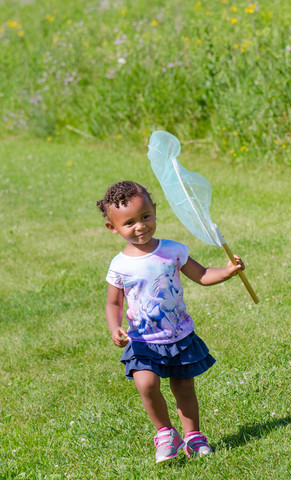 |
However you choose to enjoy the outdoors during this time, stay healthy and safe... and six feet away from others!

Safety is part of our culture at the Minnesota DNR. It is a top priority, now and always.
We have a dedicated web page to keep you up-to-date with the latest COVID-19 operation changes at Minnesota state parks, trails, and forests: mndnr.gov/COVID-19
Do your part and check for updates on a regular basis when planning your time outdoors.

Not Canceled: Campfires, Bird Song, Fresh Air
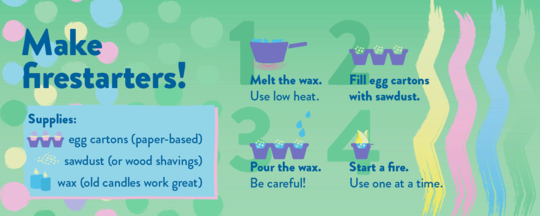
Backyard Birding 101
With the sky quieter than usual due to reduced air traffic, conditions are favorable to listen for spring bird song—even in the city.
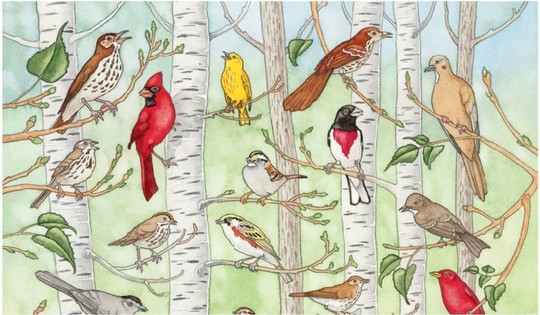 Order a poster of the original illustration "Can you name the birds?" at the Minnesota Bookstore
New to Birding?
Learn about the code of birding ethics.
Birding by Ear
Listen to bird song and use the CornellLab page to help you identify the bird. Can you imitate some of the chirps and calls?
Timing Is Everything
Poke your head out in the morning and evening when birds actively search for food to refuel for their night journey.
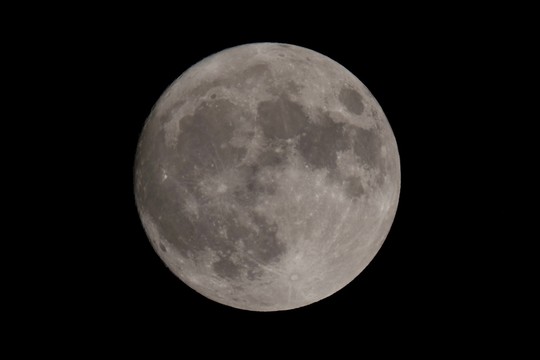 CREDIT: John J. Werner
(Full) Moon Birding
Each spring birds migrate from winter grounds to summer breeding habitats. Most species fly at night, several thousand feet in the sky, making it hard to spot them with the naked eye. Take advantage of the full moon on Apr. 7 to practice moon birding: Watch for silhouettes of migrating birds against the glowing white moon.
Tools of the Trade
Use a binocular, spotting scope or telescope to help you see high flying birds.
 For the first time since 2017 the EagleCam has a family of eaglets. All three eggs have now hatched. Watch the new brood at mndnr.gov/EagleCam.
Strange Mating Dances
In early spring, observe the fascinating mating rituals of our feathered friends:
- The American woodcock, also called timberdoodle, performs its mating sky dance at dusk, near wooded openings. The woodcock's bill has highly sensitive nerve endings that can detect earthworm movement below the soil.
- The sandhill crane, one of Minnesota's largest bird species, can be heard near wetlands as it migrates or performs its distinctive bowing courtship ritual.
-
Bald eagles build pair bonds by performing acrobatic mating rituals including various sky dances such as the chase display, rollercoaster flight and cartwheel courtship flight.
 Sandhill crane colt. COPYRIGHT: Carrol Henderson
Do you get excited to see the first spring bluebird, dandelion, pussy willow... or even mosquito(!)?
|
Tracking seasonal changes is called phenology. Phenology journals are important for studying climate change. Some of the journals used today were written between 1881 to 1918 by Dr. Johan C. Hvoslef who included notes on birds he saw near his southeastern Minnesota home of Lanesboro.
If you pay attention to seasonal cues, you will know when to expect to see hummingbirds or morel mushrooms. Learn what to look for and start your own phenology journal.
|
|
 |
Dr. Johan C. Hvosleft. PHOTO: Minnesota Historical Society
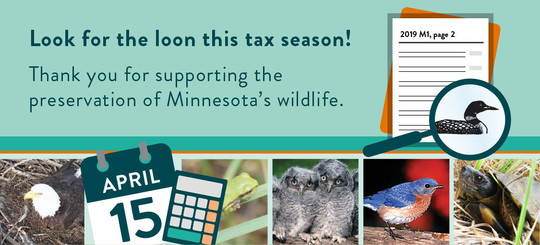
|